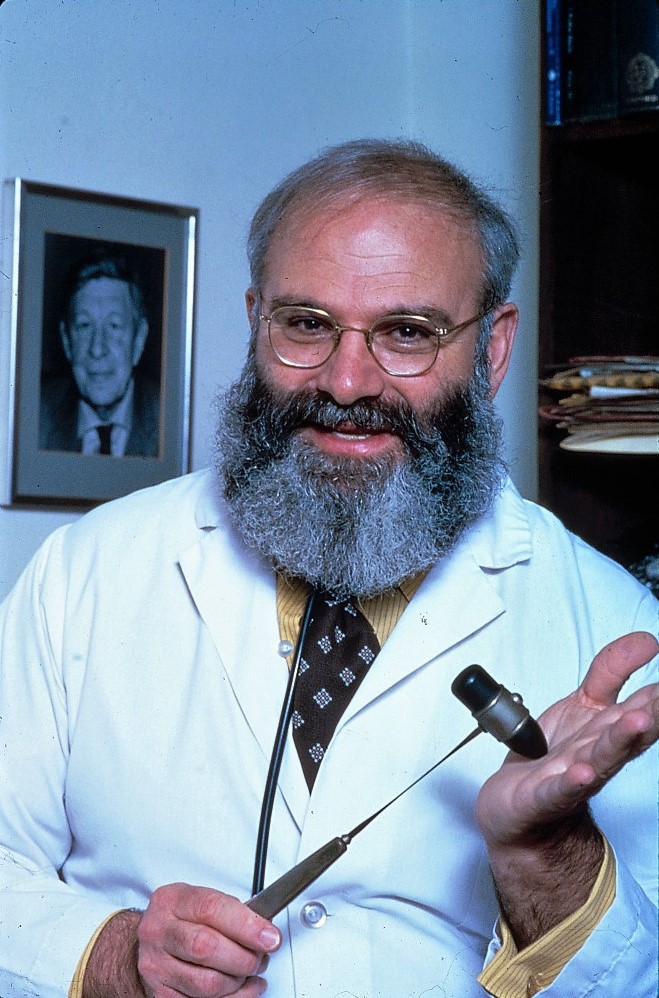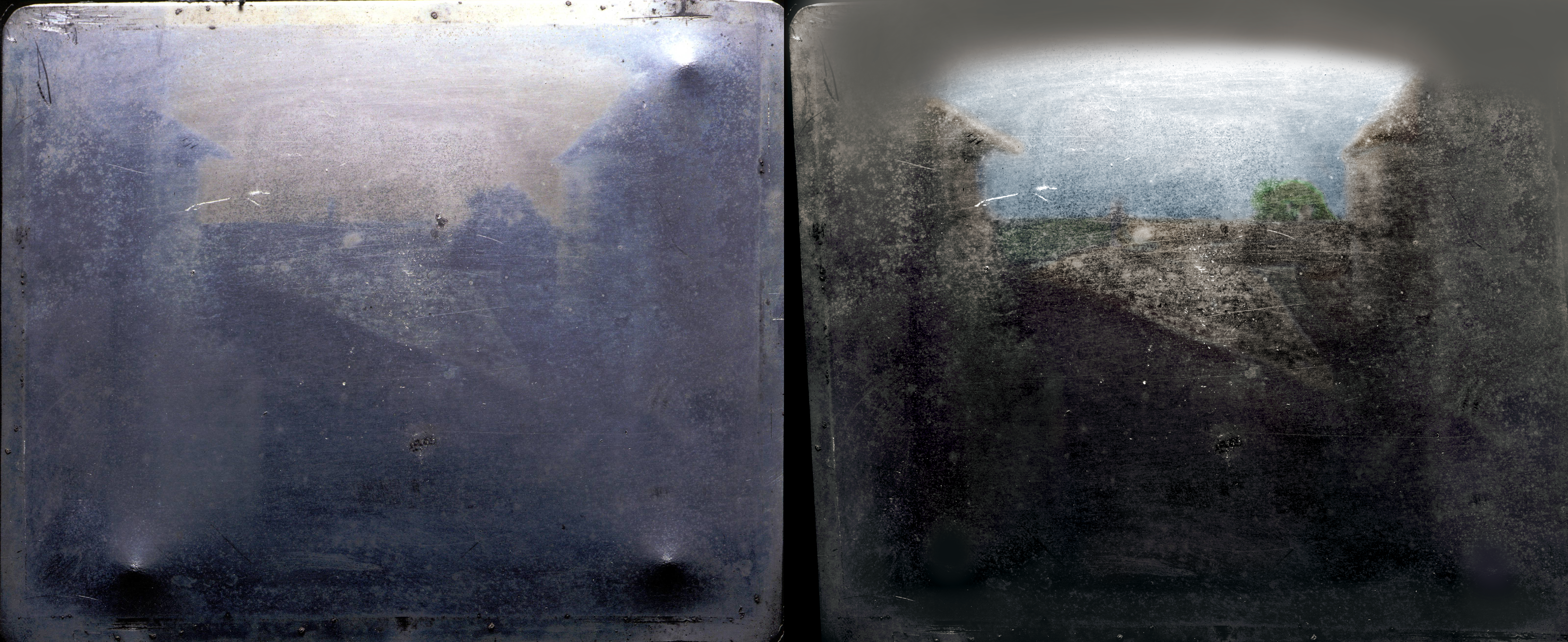|
Finlaycolor
Finlaycolor was an early color photography process. In ''Uncle Tungsten,'' Oliver Sacks reminisces: See also * Finlay colour process *History of photography *List of photographic processes A list of photographic processing techniques. Color *Agfacolor ** Ap-41 process (pre-1978 Agfa color slides; 1978-1983 was a transition period when Agfa slowly changed their color slide films from AP-41 to E6) *Anthotype *Autochrome Lumière, 190 ... References History of photography {{photography-stub ... [...More Info...] [...Related Items...] OR: [Wikipedia] [Google] [Baidu] |
List Of Photographic Processes
A list of photographic processing techniques. Color *Agfacolor ** Ap-41 process (pre-1978 Agfa color slides; 1978-1983 was a transition period when Agfa slowly changed their color slide films from AP-41 to E6) *Anthotype *Autochrome Lumière, 1903 * Carbon print, 1862 *Chromogenic positive (Ektachrome) **E-3 process **E-4 process **E-6 process *Chromogenic negative ** C-41 process **RA-4 process *Dufaycolor *Dye destruction ** Cibachrome **Ilfochrome *Dye-transfer process *Finlaycolor *Heliochrome *Kinemacolor *Kodachrome **K-12 process **K-14 process * Lippmann plate, 1891 * One-light Black and white (monochrome) A * Abration tone *Acetate film *Albertype * Albumen print, 1850 * Algraphy * Ambrotype * Amphitype * Amylotype * Anaglyph *Anthotype * Anthrakotype * Archertype * Argentotype *Argyrotype *Aristo paper * Aristotype *Aristo * Artotype * Atrephograph * Atrograph *Aurotype *Autotype (photographic process) B * Barrieotype *Baryta coated paper *Bayard process * Bichromate ... [...More Info...] [...Related Items...] OR: [Wikipedia] [Google] [Baidu] |
Finlay Colour Process
The Finlay colour process was an early additive colour photography process devised by an Irish woman named Clare Elizabeth Finlay which could produce a picture in natural colour with a single exposure. Description The Finlay colour process was based on the theory of scientist Clerk Maxwell, who discovered in 1861 that all the colours in nature could be matched by the proper admixture of the three primary colours.http://www.oldandsold.com/articles21/color-photography-12.shtml It was on this principle that Mr. Finlay made a screen of geometric pattern comprising red, green and blue-violet squares in regular sequence. Patented by Finlay in 1906 and introduced in 1908 as the "Thames Colour Screen". It used a screen with a precise checkerboard of red, green, and blue elements as opposed to the random mosaic pattern used in the Autochrome system. This separate screen could be used with any type of panchromatic film or photographic plate to make a colour photograph. In 1909 the "Thames ... [...More Info...] [...Related Items...] OR: [Wikipedia] [Google] [Baidu] |
Color Photography
Color photography is photography that uses media capable of capturing and reproducing colors. By contrast, black-and-white or gray-monochrome photography records only a single channel of luminance (brightness) and uses media capable only of showing shades of gray. In color photography, electronic sensors or light-sensitive chemicals record color information at the time of exposure. This is usually done by analyzing the spectrum of colors into three channels of information, one dominated by red, another by green and the third by blue, in imitation of the way the normal human eye senses color. The recorded information is then used to reproduce the original colors by mixing various proportions of red, green and blue light ( RGB color, used by video displays, digital projectors and some historical photographic processes), or by using dyes or pigments to remove various proportions of the red, green and blue which are present in white light ( CMY color, used for prints on paper a ... [...More Info...] [...Related Items...] OR: [Wikipedia] [Google] [Baidu] |
Uncle Tungsten
''Uncle Tungsten: Memories of a Chemical Boyhood'' is a memoir by Oliver Sacks about his childhood published in 2001. The book is named after Sacks's Uncle Dave, whom Oliver nicknamed Uncle Tungsten because he was secretary of a business named Tungstalite, which made incandescent lightbulbs with a tungsten filament. Uncle Tungsten was fascinated with tungsten and believed it was the metal of the future. According to family members, Oliver used the single nickname, Uncle Tungsten, to refer to a combination of Dave with several other individuals in the same family. Sacks' middle name is 'Wolf', and in most European (especially Germanic, Spanish and Slavic) languages, tungsten is named "Wolfram", which is the origin of the chemical symbol ''W''. The book combines autobiographical elements with a primer in the history and science of chemistry. However, it is not all about his youthful passion for chemistry, but also is eclectic, relating his memories of the catastrophic fire at the ... [...More Info...] [...Related Items...] OR: [Wikipedia] [Google] [Baidu] |
Oliver Sacks
Oliver Wolf Sacks, (9 July 1933 – 30 August 2015) was a British neurologist, naturalist, historian of science, and writer. Born in Britain, Sacks received his medical degree in 1958 from The Queen's College, Oxford, before moving to the United States, where he spent most of his career. He interned at Mount Zion Hospital in San Francisco and completed his residency in neurology and neuropathology at the University of California, Los Angeles (UCLA). After a fellowship at the Albert Einstein College of Medicine, he served as neurologist at Beth Abraham Hospital's chronic-care facility in the Bronx, where he worked with a group of survivors of the 1920s sleeping sickness encephalitis lethargica, who had been unable to move on their own for decades. His treatment of those patients became the basis of his 1973 book '' Awakenings'', which was adapted into an Academy Award-nominated feature film in 1990, starring Robin Williams and Robert De Niro. His numerous other best-selling ... [...More Info...] [...Related Items...] OR: [Wikipedia] [Google] [Baidu] |
Lantern Slide
The magic lantern, also known by its Latin name , is an early type of image projector that used pictures—paintings, prints, or photographs—on transparent plates (usually made of glass), one or more lenses, and a light source. Because a single lens inverts an image projected through it (as in the phenomenon which inverts the image of a camera obscura), slides were inserted upside down in the magic lantern, rendering the projected image correctly oriented. It was mostly developed in the 17th century and commonly used for entertainment purposes. It was increasingly used for education during the 19th century. Since the late 19th century, smaller versions were also mass-produced as toys. The magic lantern was in wide use from the 18th century until the mid-20th century when it was superseded by a compact version that could hold many 35 mm photographic slides: the slide projector. Technology Apparatus The magic lantern used a concave mirror behind a light source to direct ... [...More Info...] [...Related Items...] OR: [Wikipedia] [Google] [Baidu] |
National Geographic Society
The National Geographic Society (NGS), headquartered in Washington, D.C., United States, is one of the largest non-profit scientific and educational organizations in the world. Founded in 1888, its interests include geography, archaeology, and natural science, the promotion of environmental and historical conservation, and the study of world culture and history. The National Geographic Society's logo is a yellow portrait frame—rectangular in shape—which appears on the margins surrounding the front covers of its magazines and as its television channel logo. Through National Geographic Partners (a joint venture with The Walt Disney Company), the Society operates the magazine, TV channels, a website, worldwide events, and other media operations. Overview The National Geographic Society was founded on 13 January 1888 "to increase and diffuse geographic knowledge". It is governed by a board of trustees whose 33 members include distinguished educators, business executives, ... [...More Info...] [...Related Items...] OR: [Wikipedia] [Google] [Baidu] |
Magnifying Glass
A magnifying glass is a convex lens that is used to produce a magnified image of an object. The lens is usually mounted in a frame with a handle. A magnifying glass can be used to focus light, such as to concentrate the sun's radiation to create a hot spot at the focus for fire starting. A sheet magnifier consists of many very narrow concentric ring-shaped lenses, such that the combination acts as a single lens but is much thinner. This arrangement is known as a Fresnel lens. The magnifying glass is an icon of detective fiction, particularly that of Sherlock Holmes. History "The evidence indicates that the use of lenses was widespread throughout the Middle East and the Mediterranean basin over several millennia". The earliest explicit written evidence of a magnifying device is a joke in Aristophanes's ''The Clouds'' from 424 BC, where magnifying lenses to ignite tinder were sold in a pharmacy, and Pliny the Elder's "lens", a glass globe filled with water, used to cauteri ... [...More Info...] [...Related Items...] OR: [Wikipedia] [Google] [Baidu] |
History Of Photography
The history of photography began in remote antiquity with the discovery of two critical principles: camera obscura image projection and the observation that some substances are visibly altered by exposure to light. There are no artifacts or descriptions that indicate any attempt to capture images with light sensitive materials prior to the 18th century. Around 1717, Johann Heinrich Schulze captured cut-out letters on a bottle of a light-sensitive slurry, but he apparently never thought of making the results durable. Around 1800, Thomas Wedgwood made the first reliably documented, although unsuccessful attempt at capturing camera images in permanent form. His experiments did produce detailed photograms, but Wedgwood and his associate Humphry Davy found no way to fix these images. In 1826, Nicéphore Niépce first managed to fix an image that was captured with a camera, but at least eight hours or even several days of exposure in the camera were required and the earliest resul ... [...More Info...] [...Related Items...] OR: [Wikipedia] [Google] [Baidu] |





